Project & Product Management
I am a technologist at heart. Project management is about efficiently completing a specific project, while product management is about managing a product's lifecycle to ensure its success in the market. Both roles require strong leadership, communication, and organisational skills but differ in their focus, scope, and approach.
Understanding these differences is crucial for businesses to ensure they have the right people managing their projects and products effectively. Working as a SaaS management for over 8 years, has provided me with a structured framework, methodologies (Agile and Waterfall), disciplined approach to achieving project success working within teams of multiple PMs, Developers, UI and UX designers, QA testing experts, but also having the autonomy being proactive and able to work alone with SME (subject matter experts).
I've had the privilege of leading diverse teams and delivering successful projects from inception to completion (End-to-end project experience). As a seasoned Digital Project Manager, I've honed my skills in Strategic Planning and Product Alignment, Resource Allocation, Team Leadership and Collaboration, Customer and Stakeholder Engagement, Execution and Delivery, Financial Management, Closing and Handover. By fulfilling these responsibilities, ensures that software projects are delivered successfully, meeting customer needs and contributing to the company's overall success, plus delivering client's expectations to the point they have shown appreciation and given me and the team some great references. Throughout my career, I've navigated complex challenges, fostered collaboration, and maintained a relentless focus on quality and client satisfaction.
As a seasoned Product Manager, I excel in crafting intricate user stories and setting precise acceptance criteria, ensuring clarity and alignment across development teams. My hands-on experience with Atlassian tools like JIRA, Confluence, and Trello enables me to manage projects efficiently from ideas to delivery. My ability to blend strategic vision with detailed execution. I excel at identifying market opportunities and understanding customer needs, which allows me to create compelling product roadmaps, with a proactive approach ensures that projects move seamlessly from concept to completion, while your strong technical awareness helps me bridge the gap between development and business goals. Additionally, my exceptional communication and stakeholder management skills make you effective in aligning cross-functional teams and driving successful product outcomes.
In addition to my technical skills, I pride myself on my exceptional communication and stakeholder management abilities. My strong presentation skills allow me to articulate product visions clearly to both technical teams and non-technical stakeholders, ensuring everyone is aligned. My genuine passion for our products and staying informed about industry trends fuels my continuous learning, helping me adapt and innovate in a rapidly evolving digital landscape.
I currently hold the following certification:
- PRINCE 2 Practitioner
- APM Fundamentals
- APM Project Management
- Product Management
Why do I love Digital Management:
- Variety: Every project/product is unique, with its own set of challenges, goals, and stakeholders. This variety keeps the work interesting and allows you to continuously learn and grow as you tackle new projects and overcome obstacles.
- Problem-Solving: SaaS Management involves solving complex problems and finding creative solutions to meet project objectives within constraints such as time, budget, and resources. It can be intellectually stimulating and rewarding to devise strategies and approaches that lead to successful project outcomes.
- Collaboration: SaaS Management often involves working closely with diverse teams and stakeholders, fostering collaboration, teamwork, and camaraderie. Building relationships, motivating team members, and achieving goals together can be deeply fulfilling.
- Sense of Achievement: Successfully completing a project, especially one that faced challenges or obstacles along the way, can be immensely satisfying. Seeing your efforts come to fruition and delivering value to clients or stakeholders can instill a sense of pride and accomplishment.
- Continuous Improvement: SaaS management encourages continuous learning and improvement. Reflecting on past projects, identifying areas for growth, and implementing best practices allows you to refine your skills and become a more effective project manager over time.
- Impact: Effective SaaS management can have a significant impact on organisations, driving innovation, growth, and success. By delivering projects on time, within budget, and to the satisfaction of stakeholders, you can contribute to the achievement of strategic objectives and make a tangible difference in the organisation's success.
- Adaptability: SaaS management requires flexibility and adaptability, as projects often evolve and change over time. Embracing change, navigating uncertainty, and adjusting plans as needed can be exhilarating and provide opportunities for personal and professional growth.
- Sense of Purpose: Knowing that your work contributes to the achievement of meaningful goals and objectives can provide a sense of purpose and fulfillment. Whether you're delivering a new product, implementing a system, or driving process improvements, project management allows you to make a positive impact on the world around you.
Ultimately, project success is measured against 4 main constraints that impact all projects:
- Time
- Cost
- Quality
- Scope
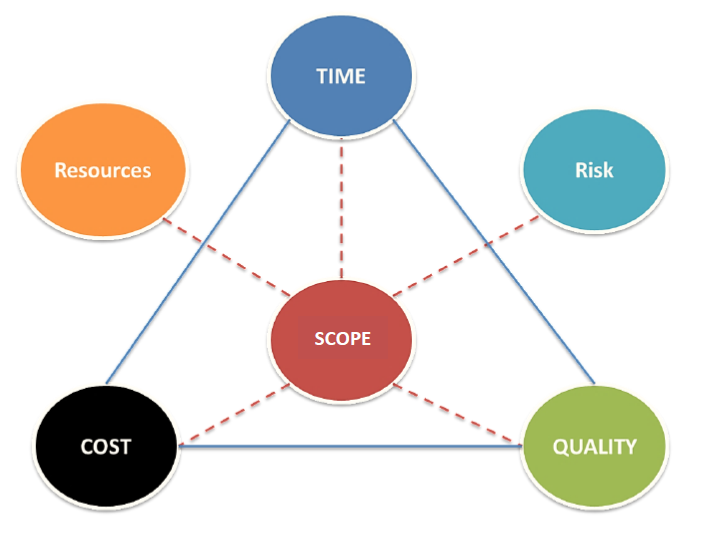
By embodying these qualities and continuously striving to improve my skills as a project manager can greatly increase the likelihood of delivering successful projects. I have delivered over 100 hundreds of projects, from the smallest customer information portals, landing pages and forms to complex Software applications using SaaS, Native web and PWA mobile solutions. With my experience of how to manage client engagement, coupled with my experiences, gives me a great understanding of the digital eco-system, and provides me with a universal structure & governance to hit any milestones, produce risk and other project ISO documentation.
2011 - 2021 BFBS - British Forces Broadcasting Services
The British Forces Broadcasting Service provides radio and television programmes for His Majesty's Armed Forces, and their dependents worldwide. Editorial control is independent of the Ministry of Defence and the armed forces themselves. It was established by the British War Office in 1943.
Below is one of the hundreds of projects I delivered.
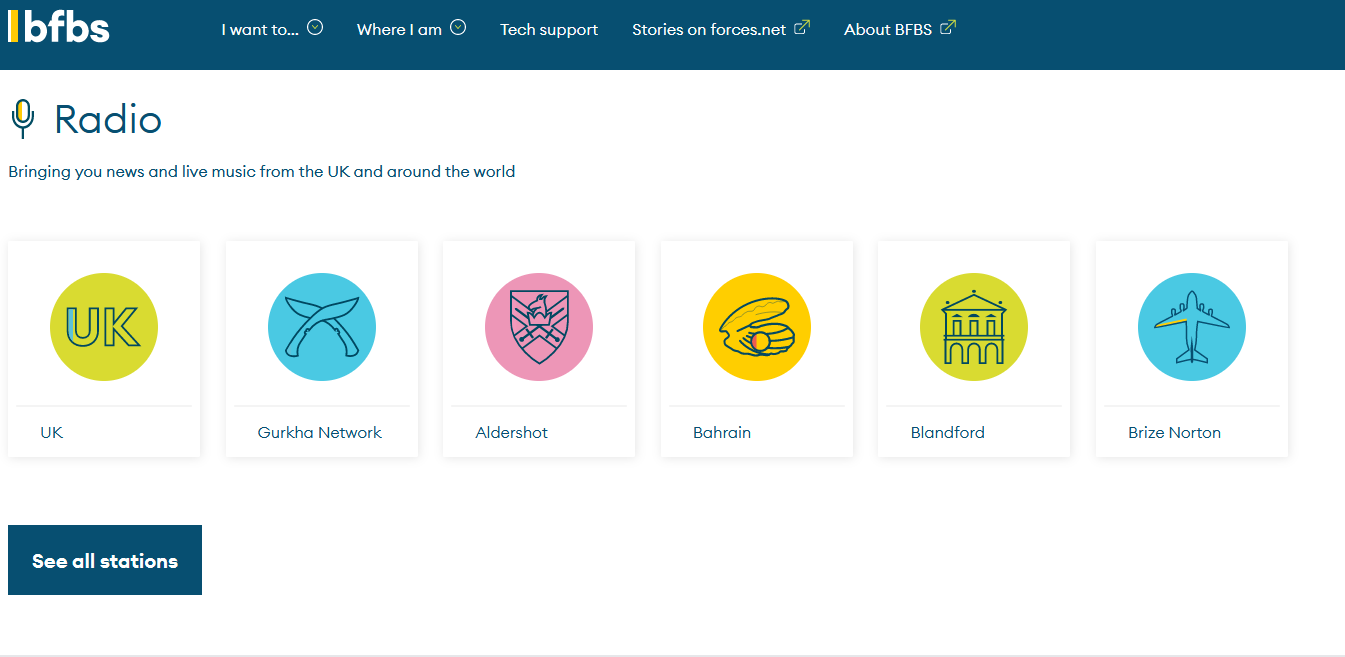
While I as working for BFBS, I worked closely with the Head of Radio on delivering a new radio website transformation project to provide live audio from all the BFBS Radio stations all over the world via the BFBS network. This project was delivered on-time and received great accolades from the Radio world due to how complex the tasks that we achieved. To view the reports online, please type in "Anthony Woodley BFBS" and look for the natural weblinks from Radio Times or the Radio Today organisations.
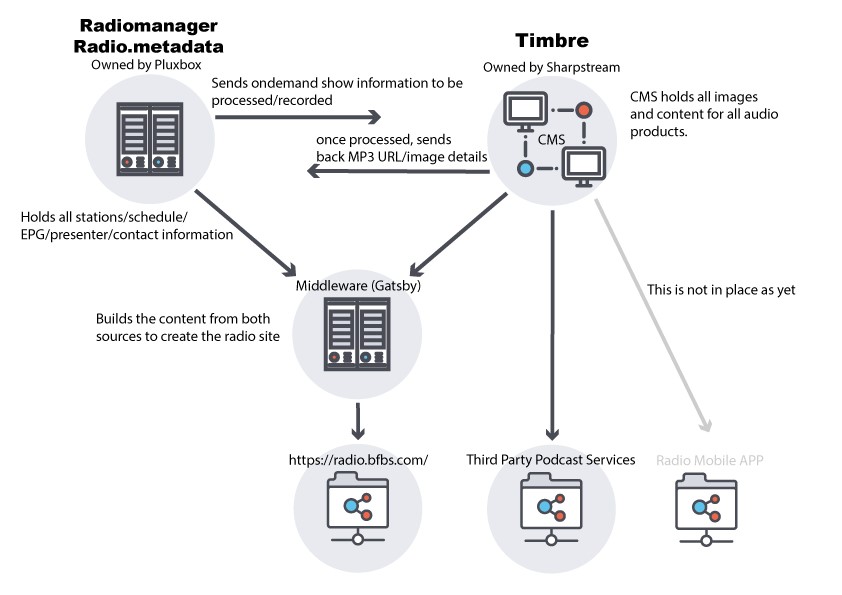
The above image shows the final workflow for the Web application with the Timbre implementation in place.
This particular project I used subject matter experts (SMEs) to adapt and give the stakeholders a plan on the best way of converting analogue audio into digital audio without the added costs of the equipment being at each site world wide. With the team and help from another stakeholder "Sharp Stream" we delivered a great project which is still used today.
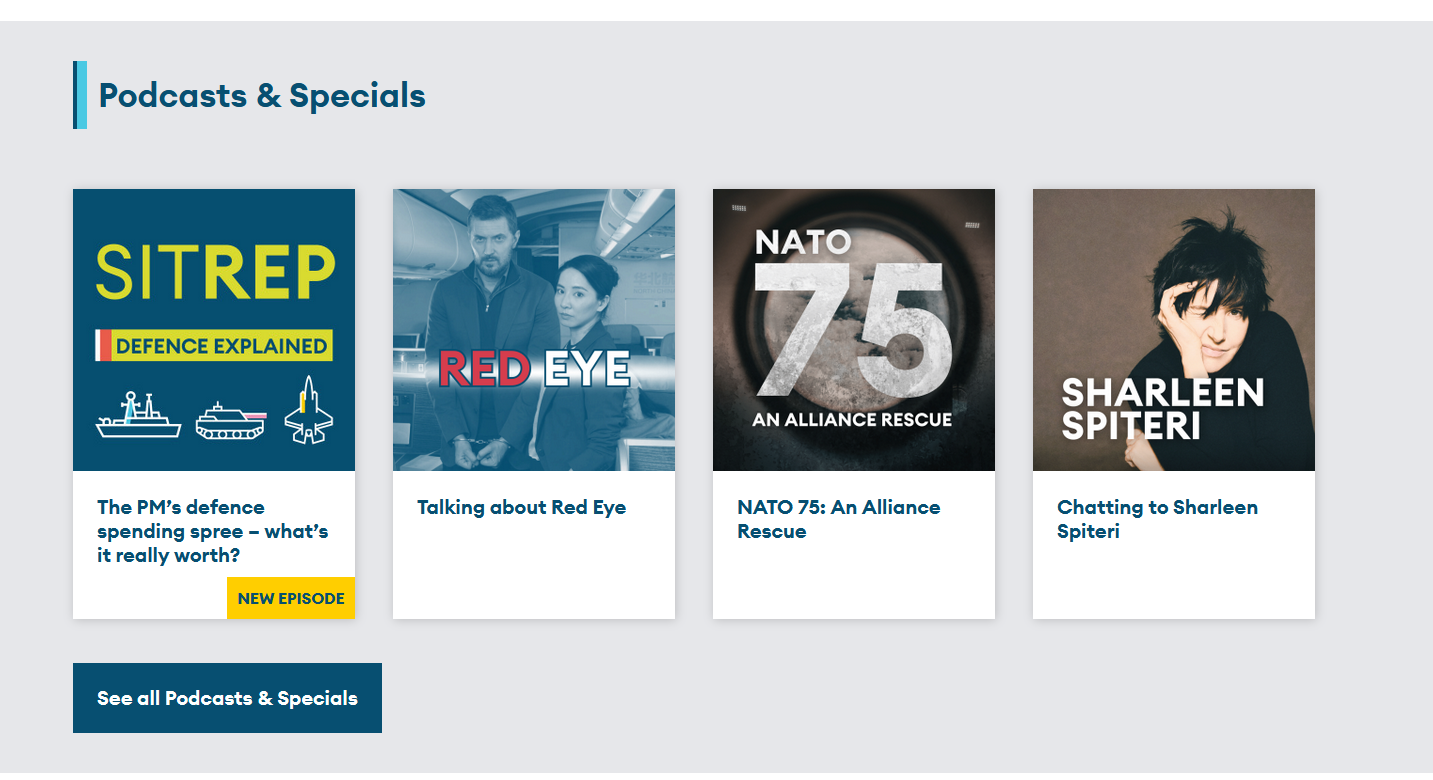
More than happy to go through this project in length as anytime.
GlobalizeMe 2021 - 2024
Example here is a project I had to take over due the a poor management. Firstly the client's SME was not driving support from the clients side causing this fatigue, thus making the Project Sponsor unhappy with the progress.
As a result, the project timeline was at risk, and there was a potential for cost overruns if the issue wasn't addressed promptly.
To get the project back on track, I took the following steps:
- Assessment and Analysis: I immediately convened a meeting with key stakeholders, including the client, development team members, and project sponsors, to assess the situation and analyse the root cause of the problem. We reviewed the project requirements, design documents, and user stories to identify where the miscommunication occurred (the client's SME was replaced by the project sponsor).
- Clear Communication: Transparent communication was crucial to resolving the issue effectively. I facilitated open and honest discussions among team members and stakeholders to ensure everyone understood the nature of the problem and its impact on the project timeline and budget.
- Reevaluation of Requirements: We conducted a thorough review of the project requirements to ensure alignment between the client's expectations and the development team's understanding. This involved clarifying ambiguities, addressing any gaps or discrepancies, and obtaining consensus on the scope of work required to address the issue.
- Prioritisation and Adjustments: Given the time-sensitive nature of the issue, we prioritised the resolution of the critical feature and made adjustments to the project schedule and resource allocation to accommodate the additional work required. We reprioritised tasks, reassigned resources, and adjusted timelines to ensure the project remained on track overall.
- Collaborative Problem-Solving: I encouraged a collaborative approach to problem-solving, involving both the development team and the client in the solution-finding process. We brainstormed alternative approaches, explored potential workarounds, and solicited input from subject matter experts to identify the most viable solution.
- Iterative Development and Testing: Once a solution was agreed upon, we adopted an iterative development approach, breaking down the implementation into smaller, manageable tasks and conducting frequent testing and validation to ensure that the solution met the client's requirements and expectations.
- Continuous Monitoring and Adaptation: Throughout the resolution process, I maintained close oversight of the project's progress, monitoring key metrics such as task completion rates, issue resolution times, and client satisfaction levels. I remained flexible and adaptable, making adjustments to the project plan as needed to address emerging challenges and minimise further delays.
LIVE AUCTIONS

Apart of the extra functionality the project team and I built a customised Live streaming and Video system to provide a digital alternative to the original setup using "in-room" or telephone lines to online members to access a custom portal to allow real-time access to the items being auctioned.
By taking swift and decisive action, fostering open communication and collaboration, and prioritising the resolution of the critical issue, we were able to get the project back on track and successfully deliver the deliverables to the client within the revised timeline.
The experience served as a valuable learning opportunity, reinforcing the importance of proactive problem-solving, effective communication, and agile project management techniques.
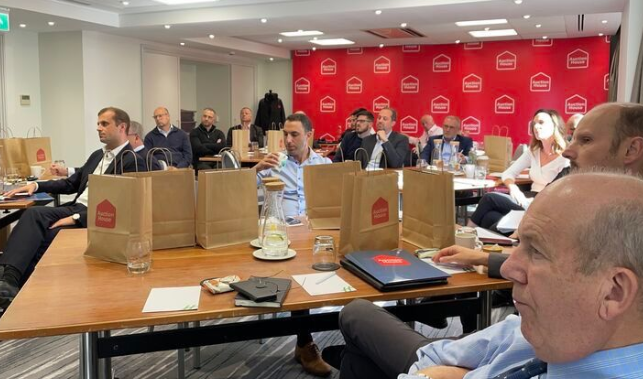
shows meeting with client and their many stakeholders, with me going over the project forecasting.
On the references page, I have a screen grab of the email sent by the client, detailing his gratitude on my project management getting his project back on track.
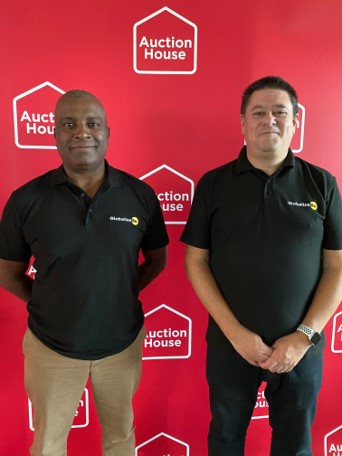

At GlobalizeMe, one of our client's (FuildMind) managed to land a well known client called AXON. AXON was founded 25 years ago as TASER International by brothers Rick and Tom Smith, who were on a mission to reduce gun violence after two friends were killed in a senseless act of road-rage violence. What started in a garage with inventor Jack Cover has grown into an expansive technology company with a network of people, devices and apps that help public safety agencies around the world make their communities safer.
My Challenge:
- Axon have no means of pre-course training for MPS, MET, College of policing etc
- The original architecture is built on a native mobile App technology hard to change new published functionality, very slow loading
- UK Police federations, have governance that must be adhered to before any training can be given to officers
- Axon need to break into the UK market, more functionality & security assurances due to the separate UK police forces
- Need to complete some trials across Europe using actual Police officers, UK would need to be the first step
- Needed to create a user-based payment system to allow for ROI
My Approach
- Use the project management structured and Agile methodologies to complete this project
- Preparation of a structured AWS roadmap for Web Application using an agile methodology
- With experience in native to PWA applications, prepared a team to work on tasks, including DevOps for architecture, supporting design UI and UX members
- To build the client trust, got involved with the end client for the “user trial events around the UK” to help with product discovery, from feedback capture the data to push for service changes
- Specific/targeted client meetings with documentation to ensure cross communications to the in-house and external teams
- Implementation of alternative tracking and payment systems using web application backend
- Agile/Lean methodology for servers using OVHCloud to help with clients transformation to a less resource costs and eco-system


Veolia 2024
Veolia is a global environmental services company that operates in the UK, focusing on waste management, water treatment, and energy solutions. Their goal is to help businesses and communities reduce waste, improve sustainability, and manage resources efficiently.
What Veolia Does in the UK
- Waste Management – They collect, process, and recycle waste for businesses and local councils, turning rubbish into reusable materials or energy.
- Water Services – They treat and supply clean water, manage wastewater systems, and help industries reduce water consumption.
- Energy Solutions – They provide heating, cooling, and energy efficiency services, helping organisations cut costs and lower carbon emissions.
Veolia works with local authorities, businesses, and industries to create eco-friendly solutions that support the UK’s sustainability goals. Their approach focuses on reducing environmental impact while improving efficiency.
My Challenge:
- Multi-Site Operations – Coordinating teams across different locations.
- Regulatory Compliance – Ensuring projects meet environmental laws.
- Stakeholder Management – Balancing business, government, and client interests.
- Budget & Resources – Optimising costs and managing financial constraints.
- Technical Complexity – Overseeing engineering, infrastructure, and IT systems.
- Sustainability Focus – Integrating eco-friendly practices and new technologies.
- Risk & Crisis Handling – Preparing for disruptions or environmental hazards.
- Team Leadership – Managing diverse teams and ensuring collaboration.
My Approach
- Align projects with sustainability goals to ensure they meet environmental and business objectives.
- Apply PRINCE2 for structured governance alongside Agile for flexibility in managing different types of projects.
- Keep open communication with stakeholders, including clients, internal teams, and regulators, for smooth collaboration.
- Identify risks early and proactively mitigate them to reduce potential disruptions in project delivery.
- Integrate eco-friendly solutions into project plans to support Veolia’s commitment to sustainability.
- Track progress using data and analytics to optimise resources and improve decision-making.
- Lead teams by fostering collaboration and accountability to strengthen productivity and project success.

Oxford University Press 2024 - 2025
Oxford University Press (OUP) is the publishing arm of the University of Oxford and one of the largest academic publishers in the world. Established in 1586, it has a long history of producing educational, scholarly, and reference materials, including books, journals, dictionaries, and digital learning resources.
OUP publishes across a wide range of subjects, including science, humanities, law, medicine, and English language learning, serving universities, schools, and professionals globally. It operates internationally, with offices in multiple countries, and plays a key role in advancing academic research and education
My Challenge:
- Resistance to Change – Employees and stakeholders may struggle to adapt to new digital workflows.
- Skill Gaps – Teams may lack the technical expertise needed for digital systems.
- Legacy System Integration – Existing analogue processes may not easily connect with modern digital solutions.
- Data Migration Risks – Transferring analogue records to digital formats can lead to errors or data loss.
- Security & Compliance – Digital systems require strong cybersecurity and adherence to regulations.
- Budget Constraints – Digital transformation can be costly, requiring careful financial planning.
- Stakeholder Alignment – Different departments may have conflicting priorities during the transition.
- Technology Selection – Choosing the right digital tools that align with business needs is critical.
- Process Redesign – Workflows must be restructured to maximise efficiency in a digital environment.
- User Adoption & Training – Employees need proper training to use new digital systems effectively.
My Approach
- Set Clear Goals – Make sure everyone understands what the digital shift aims to achieve and how it will improve work processes.
- Get Stakeholders on Board – Talk to teams, explain the benefits, and address concerns early to build trust and support.
- Choose the Right Technology – Pick systems that fit the business needs and integrate well with existing ways of working.
- Manage Risks Early – Identify possible problems like data errors, security risks, or staff resistance, and plan solutions in advance.
- Roll Out in Phases – Introduce changes gradually to reduce disruption and allow people to adjust.
- Simplify Workflows – Make sure digital processes are efficient and don’t over complicate daily tasks.
